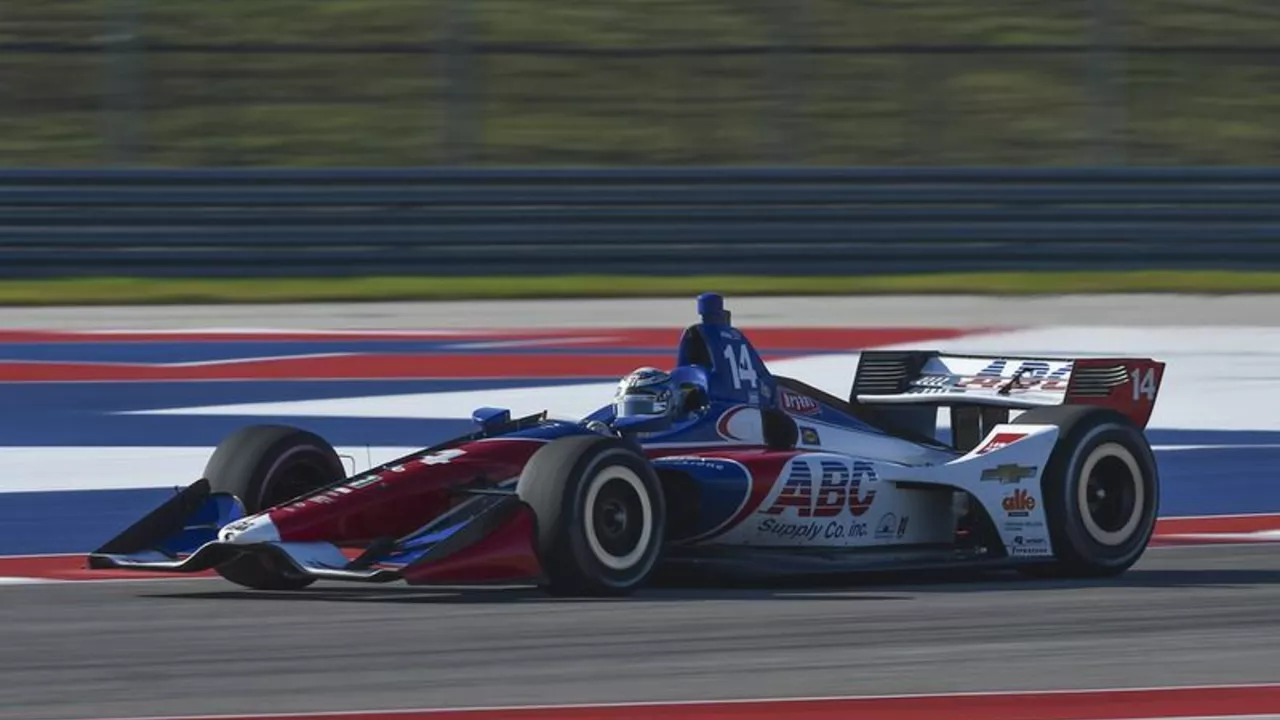IndyCar: A Straight‑Forward Look at the World’s Fastest Open‑Wheel Series
If you’ve ever wondered what makes IndyCar so thrilling, you’re in the right place. Think roaring V6 engines, oval speedways, and a mix of street circuits that test both driver skill and engineering brilliance. Whether you’re a casual fan or dreaming of launching your own IndyCar team, this guide gives you the nuts‑and‑bolts you need to get up to speed quickly.
Getting Started with IndyCar
The first step is understanding the sport’s structure. IndyCar runs a 17‑race calendar that blends superspeedways, road courses, and street tracks. Each venue demands a different car setup, so teams spend weeks tweaking aerodynamics, gear ratios, and suspension settings. If you’re thinking about forming a team, the biggest hurdle is funding. You’ll need sponsors, investors, or a wealthy backer to cover chassis, engines, and the crew’s salaries.
Once the money’s in place, focus on licensing. IndyCar requires a formal entry application, proof of financial stability, and compliance with safety standards set by the series. Don’t skip the paperwork; missing a deadline can cost you a whole season.
Next up is building the right people. A solid driver lineup is essential, but you also need a chief engineer, data analysts, mechanics, and a pit crew that can turn a tire change in under three seconds. Look for folks who have experience in other open‑wheel series or have worked with the same engine manufacturers supplied by Honda or Chevrolet.
Equipment matters, too. Most teams buy a Dallara chassis and then choose an engine partnership. The chassis is modular, meaning you can swap out front‑end components to suit each track’s demands. Keep a stock of spare parts—breakdowns on a street circuit can ruin your weekend if you’re unprepared.
Key Tech and Engineering in IndyCar
IndyCar engineering is all about squeezing performance while staying within strict regulations. Aerodynamics play a huge role; teams adjust front and rear wing angles to balance downforce and drag. On an oval, you’ll want low drag for higher top speed, whereas a road course demands more downforce for cornering grip.
Engine management is another hot topic. The 2.2‑liter twin‑turbo V6 produces around 700 horsepower, but the power band can shift dramatically with altitude or temperature changes. Modern data‑logging tools let engineers monitor boost pressure, fuel flow, and engine temperature in real time, allowing on‑the‑fly tweaks during practice sessions.
Suspension geometry is often overlooked but can be a race‑winner. Adjustable wishbones let teams fine‑tune camber, toe, and caster angles, directly influencing tire contact patches. Pair that with a tire pressure monitoring system, and you have a feedback loop that keeps the car glued to the asphalt.
Don’t forget the human factor. Drivers work closely with engineers to develop a racing line that maximizes exit speed. Learning that line takes practice, but the data from onboard cameras and telemetry helps translate subjective feel into objective numbers.
Finally, stay current on rule changes. IndyCar updates its technical handbook each season, tweaking limits on fuel capacity, aerodynamic devices, and even weight distribution. Teams that adapt quickly often find themselves on the podium.
Whether you’re mapping out a career path, scouting a job in the pits, or just want to understand why an IndyCar can lap a 2.5‑mile oval in under 45 seconds, the key is to combine passion with practical steps. Get the money lined up, assemble a knowledgeable crew, master the tech, and stay agile with regulations. Follow these basics, and you’ll be on the fast track to IndyCar success.
